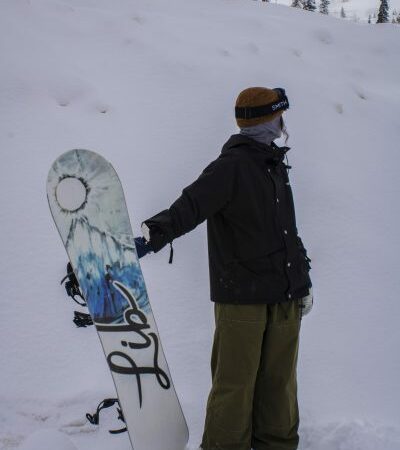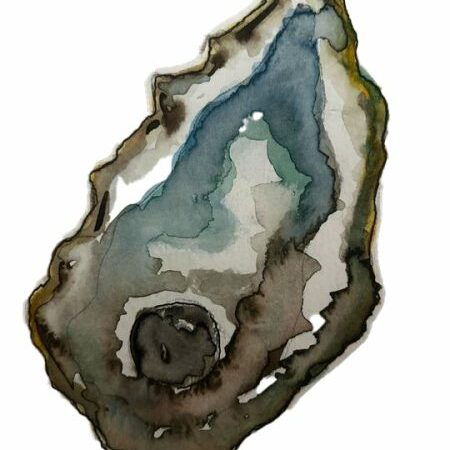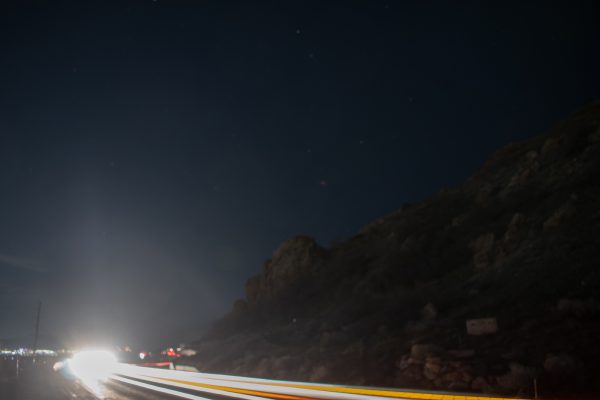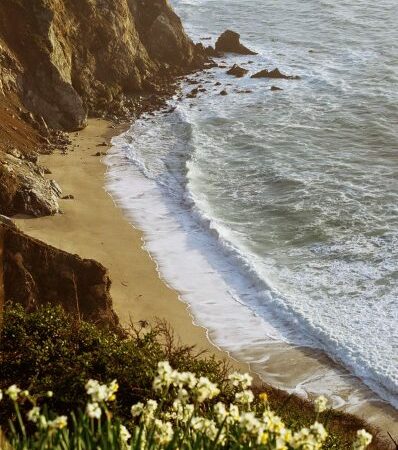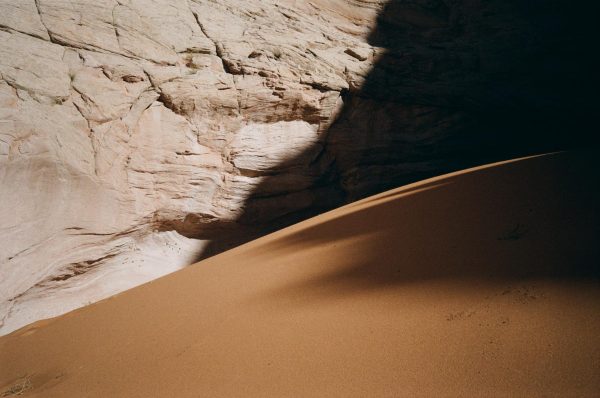Our Unknown Wilds
Sometimes, I wonder if Halloween should be in January. It seems easy to imagine that a terrifying creature might be hiding out in the dark in the dead of winter, lurking in the foliage just outside the city lights. Walking in the cold, I must hunch my shoulders, and the wind still bites through my coat. I can conjure up a horror story as I itch to get home to stay up late and watch a scary movie. In the cold, I think of vampires, and I imagine I sense one stalking me, leering somewhere in the unknown darkness.
The Vampire
Humans have been telling stories for a millennium. Dating back to prehistoric oral tradition and continuing into written history, myths and folklore have been used to explain the natural world and, in turn, keep people safe.
Many folkloric stories center around entities out in an unknown, dark world. They range from the Irish Banshee to medieval European werewolves and mischievous faerie. These creatures have different roles and impacts in their featured stories. However, the settings they reside in are their unifying theme. They are all cloaked by darkness in the unknown corners of nature surrounding society.
This horror can be seen clearly in the ever-pervasive vampire.
Almost every culture has a vampire archetype. From the Romanian “strigoi” that Bram Stoker drew from in his classic Dracula, to the modern Greek “vrykolakas.” Vampire characters are typically undead with supernatural powers such as uncanny speed, strength, and the ability to shapeshift. Some become vampires through curses or deals with the Devil, while others are just restless or unresolved spirits. However, no matter the reason, a vampire’s defining characteristic is their craving for human blood. As explained by Dr. Jeff Holdeman in the podcast Ologies, the widespread occurrence of (literally) bloodthirsty folkloric creatures likely came from an unknown that was all too fear-inducing: wasting diseases.
Throughout folklore tales and modern medical understanding, blood is seen as a “vital force.” Blood loss can be a real threat to life if an injury is severe enough. In a time of less scientific understanding, this tangible cause and effect informed how people understood the importance of blood in a body’s functioning. In the cases of wasting diseases, such as tuberculosis, cachexia, and some cancers, a person dramatically loses weight and color in a way that can mirror blood loss. However, in these instances, no blood loss can be seen. When these diseases were still unknown and people had to watch someone they cared about waste away, the human psyche demanded an explanation. So, humans came up with one. It was a creature that hunts in a night-shrouded outdoor world, relentless and to be feared, that steals one’s “vital force” away.
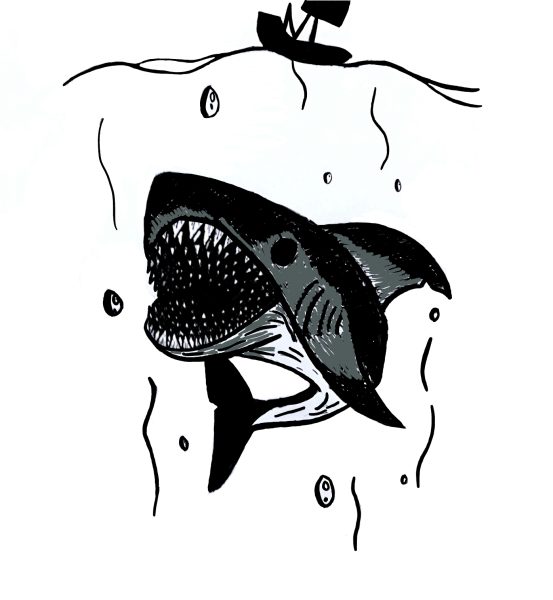
Nature as Horror
As technology and scientific knowledge advanced throughout the 20th century, popular scary stories shifted. Many cultures still practiced their traditional folklore beliefs during that time. However, by the 1970s popular culture saw fewer practical uses of the historical nursery rhymes and scary stories of supernatural entities.
Instead of inexplicable nature-driven fears, the late 20th century saw more stories of known natural dangers acting in completely unknown ways. Humans were starting to see their society as a globalized force. People started learning that we need to protect the environment from our behavior and its resulting effects. Films like The Birds (1963), Jaws (1975), and The Swarm (1978), serve as a cultural reflection of our deepest fears about the natural world in a modern context. A context where scientific knowledge and environmental change have redefined our relationship with nature. Those films still tap into the ancient primal fears that generated the vampire myths. Elements of the wilderness were still portrayed as unpredictable and dangerous. However, their focus shifted to the new unknowns of the time: What happens when those in power alter the natural world into a horrific monster (The Swarm)? What if the nature we know starts to break the rules like humans have (The Birds)? What happens when nature threatens our current way of life (Jaws)?
The stories sought to suggest that while nature can be awe-inspiring, it also holds terrifying power when we lose control of it. The stories manifest a cultural anxiety about the wilderness—an anxiety around the unknowns of climate change and our changing relationships with wildlife—an anxiety where nature is seen as a force only half in our control.
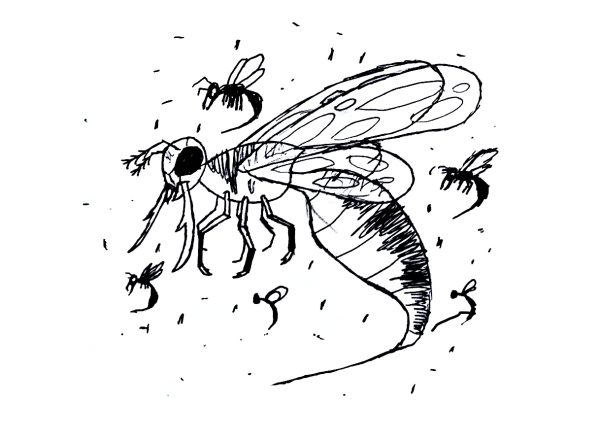
Crime in the Outdoors
In recent years, scary stories have shifted from nature-focused to magnifying the reality of humanity’s darkness. Though stories like Jaws (1978) and the vampire Nosferatu (1922) are still popular, society has begun to crave a different kind of horror. Crime drama has its roots dating back to the 16th century and continued to develop towards the end of the 19th century—largely due to the advent of the detective protagonist. However, crime dramas focused on fictitious crimes which explored aspects of real, grisly cases. Yet, these dramas provide a central hero who restores order in the end.
True crime and the recent crime drama renaissance have focused more on the facts of the darkest parts of humanity. They look at the nuances of criminal events, some with an ancient familiarity of horror under the backdrop of a large, unsearchable wilderness. The outdoors paints the setting of culminating scenes of true crime dramas such as Woman of the Hour and true crime podcasts such as Park Predators.
These new media explore the fear of something real lurking in the shadows—real predators who hide in the wilderness. While the vampires represent a supernatural force, true crime centers on dangers that could be anywhere in our everyday lives. True crime reveals that the outdoors can harbor humans as dangerous as any mythical creature, asking not “what” but “who” is lurking in the woods.
Conclusion
Traditional folkloric myths, thriller media set in nature, and the true crime genre all serve similar cultural functions, embodying our deepest fears about the unknown and dangerous forces lurking in the outdoors. Each of these genres—whether they focus on supernatural or real human danger—embrace and build on cultural unknowns feared by society, shifting to known unknowns once we understand the previous. Often the outdoors serves as a powerful backdrop. Learning from these stories and their cultural context reminds us to respect and understand environments that have shaped societies and cultural norms throughout the ages.
The post Our Unknown Wilds appeared first on Wasatch Magazine.


